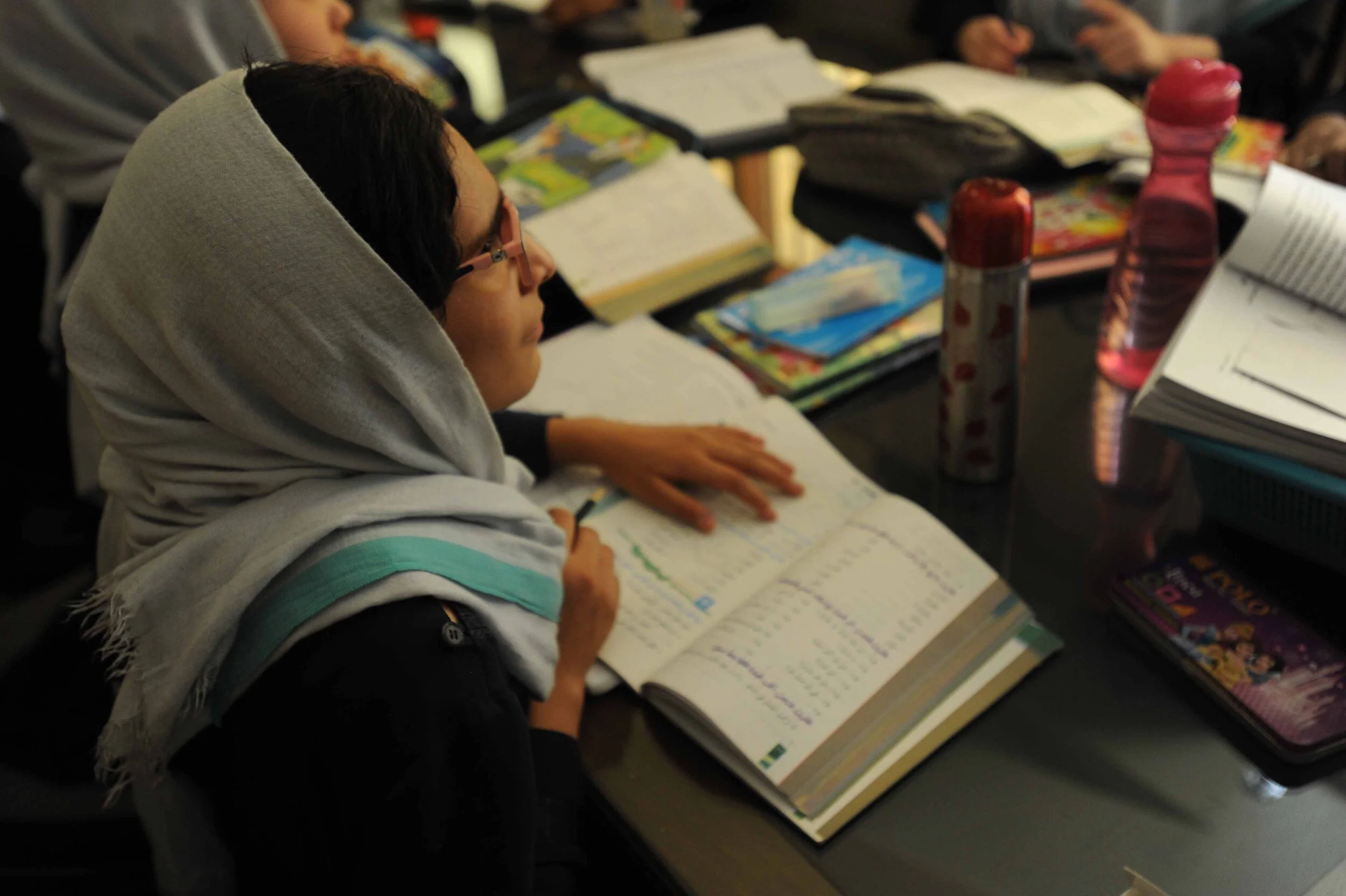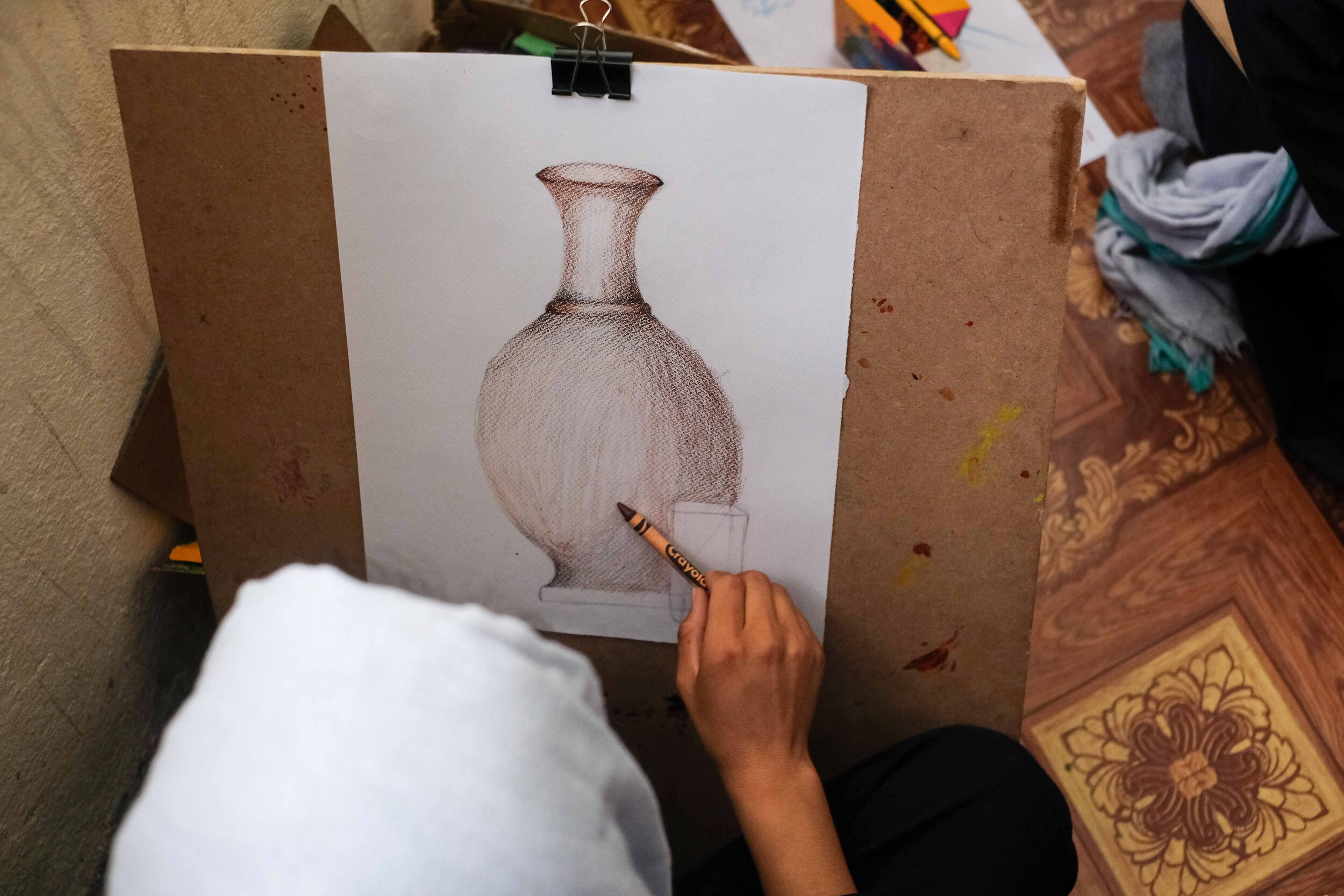Nearly 3 million girls out of school. A 63% illiteracy rate. 33% of girls married before their 18th birthdays. More than 40% of Afghan schools operating with no buildings more permanent than tents. An underqualified female teaching force. Girls at risk of violent assault — with fists, with weapons, even with acid — as they walk to and from school.
Even prior to the Taliban’s return in August 2021, these were the statistics and the reality facing girls seeking education in Afghanistan: a reality driven by fragile security conditions, high poverty rates, a lack of well-trained female teachers, and persistent cultural norms that inhibited women's visibility in public life.
While public backing for girls’ education trended consistently upward in the years between the Taliban regimes — in 2019, for instance, a nationwide survey revealed that nearly 87% of Afghans supported educational opportunities for women — many families, particularly in rural areas where the percentage of female students would be as low as 15%, faced struggles against the continued strength of traditional family practices celebrating early motherhood and child-rearing.
In many cases historically, a girl who wanted to attend school needed permission from her male relatives: her father and brothers, and also extended family members like uncles and grandfathers. A girl (or a father) who chose to ignore a relative's prohibition against education ran very real risks: SOLA has direct experience with a student whose father was warned by his own brother — our student’s uncle — that his life would be in danger if his daughter continued her education.








